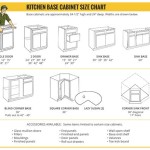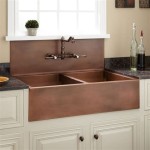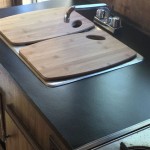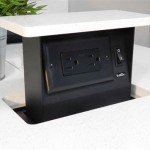Cooking can be a great way to express your creativity and share your culinary skills with family and friends. However, it can also create a lot of heat and smoke, which can be uncomfortable and dangerous. A kitchen vent fan is an essential appliance to keep your kitchen healthy and smelling great. But how do you choose the right one? This guide will provide you with everything you need to know about kitchen vent fans.
Types of Kitchen Vent Fans
There are a variety of types of kitchen vent fans available. The most common types include range hoods, wall-mounted hoods, ceiling-mounted hoods, and island hoods. Each type has its own advantages and disadvantages, so it’s important to consider your kitchen’s size, layout, and other factors when making your decision.
Choosing the Right Size
The size of the kitchen vent fan you choose is important. If the fan is too small, it won’t be able to properly ventilate the kitchen, which can lead to smoke and grease buildup. On the other hand, if the fan is too large, it will be more expensive and could potentially be too loud. The size of the fan should correspond with the size of the kitchen. Generally speaking, a fan with a CFM (cubic feet per minute) rating of 250 is suitable for a kitchen up to 150 square feet, while a fan with a CFM rating of 400 is suitable for up to 300 square feet.
Additional Features to Consider
When shopping for a kitchen vent fan, you should consider additional features such as:
- Noise level – Depending on the style of fan, it can generate a significant amount of noise. Look for models with noise ratings of less than 50 decibels.
- Energy efficiency – Look for fans that have an Energy Star rating, as these are more energy efficient and will help you save money on your energy bill.
- Lighting – Many kitchen vent fans come with built-in lighting. This can be a great way to add ambiance to the kitchen.
- Filters – Many kitchen vent fans come with mechanical filters that are designed to trap grease, smoke, and odors. Some fans also come with charcoal filters, which are designed to absorb odors.
Installation and Maintenance
It’s important to consider how the kitchen vent fan will be installed and maintained. Many fans can be installed by the homeowner, while others may require the assistance of a professional. In addition, some fans require regular cleaning and maintenance while others are designed to be low-maintenance.
Conclusion
A kitchen vent fan is an essential appliance for any kitchen. It can help keep the air clean and free of smoke and grease, and can even add a touch of ambiance to the space. When shopping for a kitchen vent fan, it’s important to consider the size, features, installation, and maintenance requirements. With this guide, you’ll be well on your way to finding the perfect kitchen vent fan for your needs.















Related Posts








